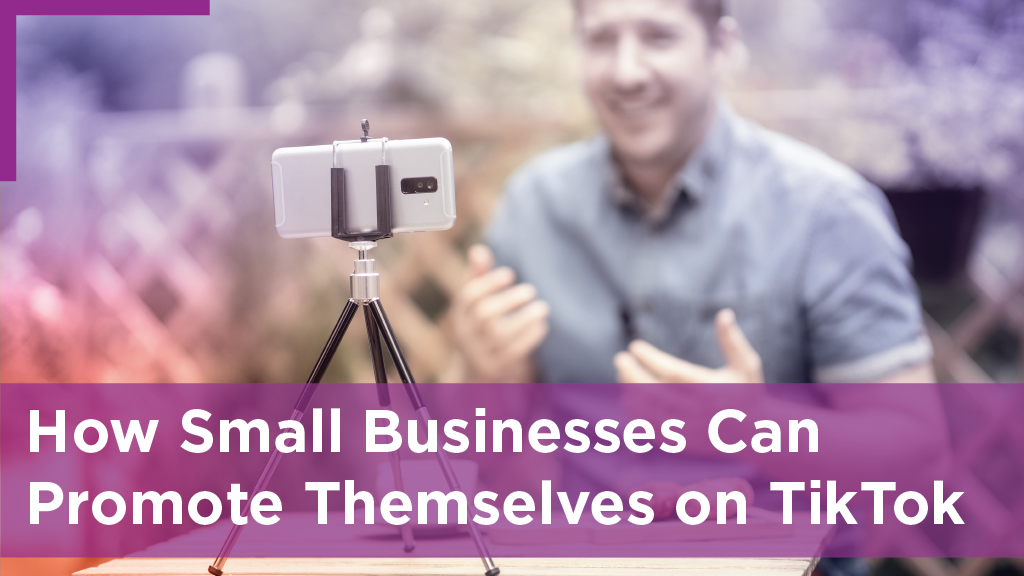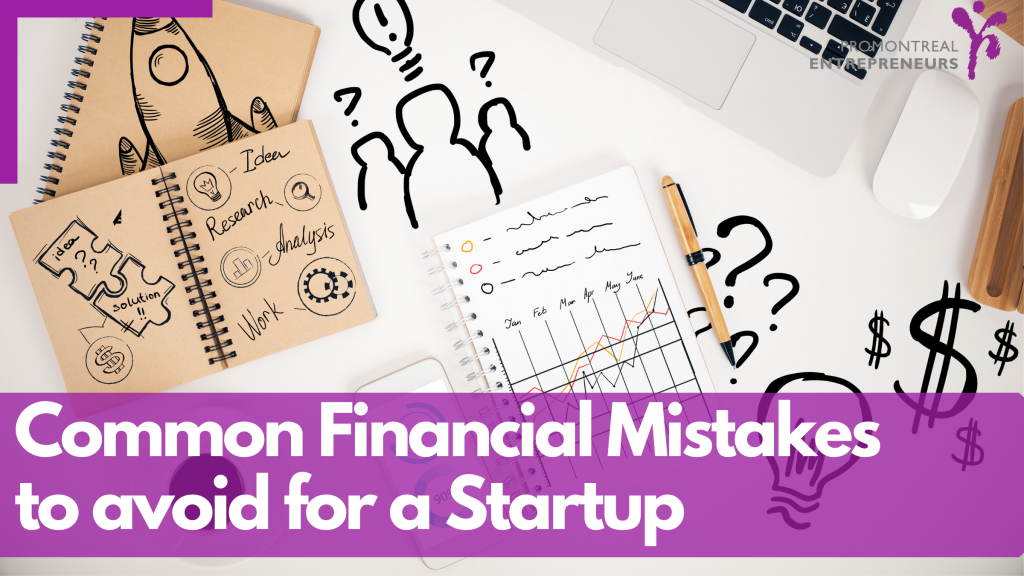
Creating a startup idea might be one of the most difficult but exciting aspects of starting your own business. The objective is to choose an idea that has the potential to grow into a profitable business. Here are some tips that can help you come up with a successful and original startup idea.
1. Solve a Problem You Care About
One of the most effective approaches to generate a startup idea is to solve a problem that you are genuinely passionate about. When you are passionate about a problem, you are more likely to remain motivated and committed to finding a solution. Consider the challenges you confront in your daily life or work. These pain issues might provide an array of possible startup ideas.
2. Improve an Existing Solution
Sometimes the best business concepts aren’t entirely unique, but rather enhancements on old ones. Evaluate current market products and services to find problems or restrictions. Consider how you might improve these solutions to make them more efficient, user-friendly, and cost-effective. Innovation frequently involves enhancing an existing product or service.
3. Leverage Your Skills and Expertise
Your talents, experiences, and expertise can help develop startup ideas. Consider what you thrive at and how you may apply those skills to solve issues or add value. Your unique viewpoint and understanding in a specific industry might provide you with insights that others may lack, resulting in innovative and practical ideas for business.
4. Stay Informed and Curious
Keeping up with industry trends, rising technologies, and changes in society can help stimulate fresh ideas. Read widely, attend conferences, and interact with thought leaders from various industries. Staying open to new knowledge allows you to recognize market possibilities and gaps that others may miss.
5. Talk to People
Engaging with people can bring useful knowledge and motivation for new business ideas. Speak with potential clients, industry experts, and fellow entrepreneurs. Listen to their stories, challenges, and suggestions. Understanding their demands and pain points might help you uncover challenges to solve and evaluate your ideas.
6. Think Long-Term
Consider the long-term financial sustainability of your startup idea. Will it remain relevant and valuable in the future? Consider how societal and technical trends can change and how your idea might adapt to these changes. A forward-thinking attitude can assist you in developing a sustainable and scalable firm.
7. Experiment and Iterate
Don’t be hesitant to try out different ideas and improve on them. Sometimes the best ideas originate from trial and error. Create prototypes, test them with possible users, and get feedback. Use this input to continuously refine and improve your ideas.
8. Combine Ideas
Combining two or more existing ideas might occasionally result in a creative and distinct startup concept. Find methods to combine diverse concepts, technologies, or business models to create something new. This strategy can result in breakthroughs that address various demands or open up new markets.
9. Keep an Idea Journal
Keep a notebook to scribble down any thoughts that occur to mind, no matter how insignificant or impracticable they may appear. Over time, you may recognize patterns or connections between several concepts. This approach can help you develop your thinking and ultimately lead to a solid startup idea.
Coming up with a business idea takes imagination, interest, and an eagerness to try new things. You can find opportunities and come up with new ideas by working on problems that matter to you, using your skills, keeping up to date, and interacting with other people. Remember that the important thing is not to just come up with any idea, but to come up with one that could become a business that can last. Your business idea will come to you if you keep an open mind and don’t give up.











